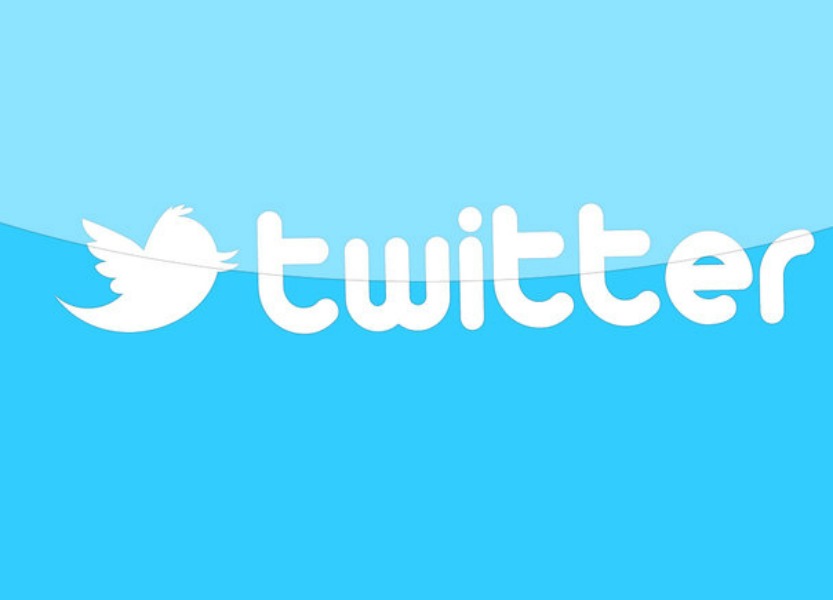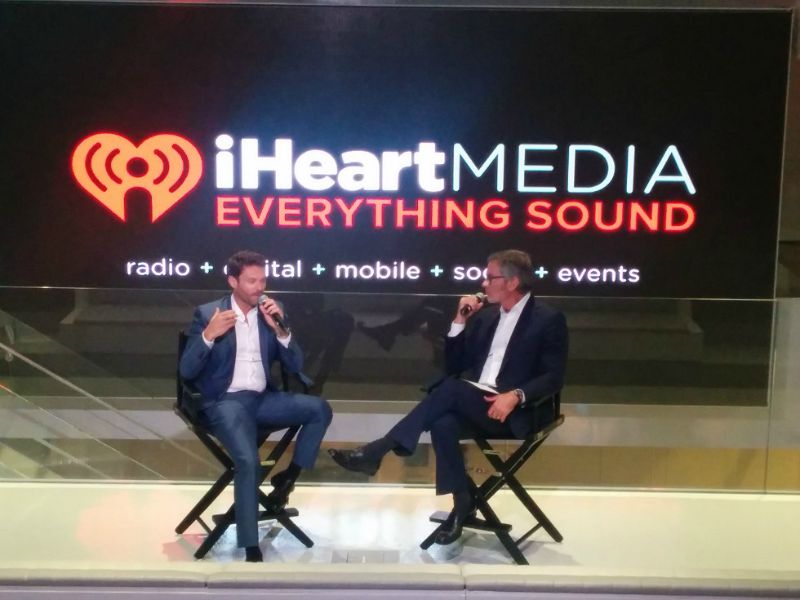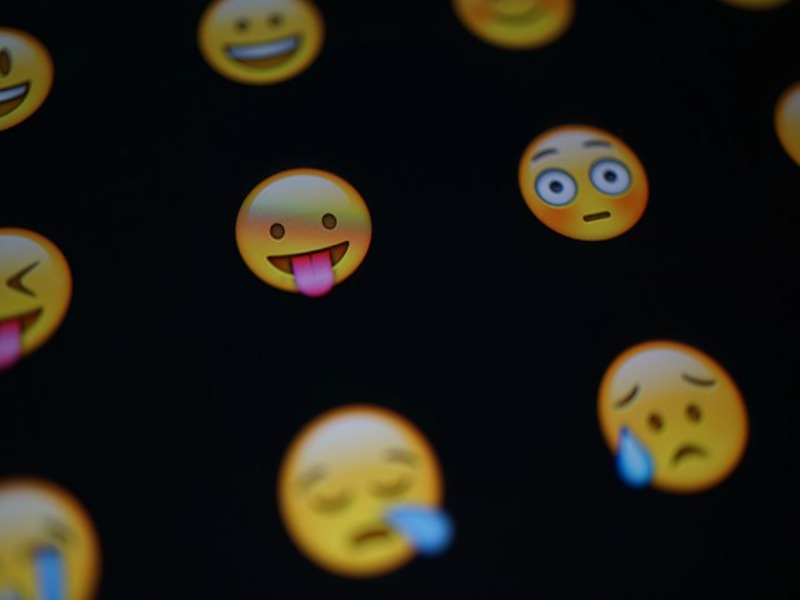Finn Partners 13 Jan 2015 // 2:23PM GMT

Johnson King has asked me to say what Twitter means for journalists. So, within that famous 140-character sealed box, I’d say that Twitter divides journalists because it is a useful tool but also a limiting medium that asks people to surrender something of themselves.
Twitter is a phenomenon by the numbers alone. It has 284 million monthly active users, or about one in 25 people on the planet, sending about half a billion tweets per day. Neither is it a US-dominated network: more than three-quarters of users are from other countries and they converse in more than 35 languages. And Twitter has the potential to make real money with $361m in revenues for its last quarter, more than double the figure for the year-ago quarter. It has a mighty market capitalisation of $23bn as of mid-December 2014, making it slightly ‘bigger’ than a company with lots of complexity, scale, brand and moving parts like Tesco or seven times the value of American Airlines. It is the third leg of the reigning social media triumvirate together with LinkedIn and Facebook. At eight years old, it’s no overnight sensation and is unlikely to do a MySpace or Bebo and disappear from view as quickly as it arrived.
But Twitter also inspires strong feelings among the media and elsewhere with some seeing it as the ultimate example of dumbing down, a gutter for the effluvia of nonsense, shallowness, vanity, ignorance and low culture, or a channel for egomaniacs and hard of thinking. For others, especially those of a certain age, it’s also quite puzzling. I well remember sitting in an office shortly after Twitter had become ‘A Thing’ when one journalist asked another why on earth anybody would broadcast their location, activity, mood and thoughts. The answer was a mere slow shaking of the head in wonder.
Today, that view might still pop up but it’s certainly not the prevailing mood across the media. In fact, Twitter has become an enormously important tool for journalists (and for publishers) in all sorts of ways.
 Twitter also inspires strong feelings among
Twitter also inspires strong feelings among
the media and elsewhere with some seeing
it as the ultimate example of dumbing down...

Gather ye rosebuds
The first of these is that Twitter is an important news gathering system. Whenever a story breaks it will be on Twitter within seconds and journalists can use Twitter as a search engine to see news stories develop and often pick up local insights that would otherwise have required them to be physically present or to do a ton of desk work. So, the capture of Osama bin Laden entered mainstream news by a local Pakistani in the small town of Abbottabad who saw a helicopter hovering overhead and then heard an explosion. In such remote parts of the world, a whole army of new sources has been created and these sources can be tapped by journalists using even the most basic web version of Twitter.
Taking the reactive pulse
An adjunct to this is the fact that journalists can quickly see how the Twittersphere is reacting to news and test the pulse of the populace. New laws are tested in the public domain. Those who broadcast controversial views or ideas gain a real-time reaction that can itself make the news. Think of the times the British comic actor, polymath and prolific Twitterer Stephen Fry has got himself into trouble for outré comments.
Twitter controversies are often dismissed as tempests in a teapot but then news is in essence ephemeral and quite often here-today-gone-tomorrow disposable. The Twitter controversies are just digital equivalents of the ancient view that news is tomorrow’s fish-and-chips wrappers.
 Those who broadcast controversial views
Those who broadcast controversial views
or ideas gain a real-time reaction that
can itself make the news...

Getting access
Twitter, even more than Facebook, also provides journalists with access to the thoughts of the famous and celebrated because the famous and celebrated view it as a way to avoid media filtering and journalistic mangling of quotes and original intentions.
Twitter also operates as a useful journal of record. Often stories emerge when the famous or powerful contradict an earlier statement which has been safely logged and is searchable on the giant archive of the social network. To the glee of many journalists and others, even deleted tweets have usually been captured in snapshots. Twitter, like the web itself, is a constant reminder of our crimes of idiocy, committed in haste and repented at in leisure.
Milk that cow
For many journalists, Twitter has become the gift that keeps on giving and additions to the core service have added layers of usefulness. When adding pictures to Tweets became a simple task, Twitter paved a way for people to expose themselves in all sorts of new and juicy ways. Needless to say, those pictures never truly go away – ask Anthony Wiener.
Twitter has also proven a rich source of accidental stories, many of which emanate from the inability of people to differentiate between Direct Messages and public tweets.
The interactive nature of Twitter also provides a rich source for the media to capitalise on disagreements and rivalries with news stories generated on a daily basis by Twitter spats. As Twitter has grown, so has its utility as a media resource.
what I’ve written…’
So Twitter is a powerful way to source news and it is also a powerful source of news and carrier of news. But it is also a hugely useful tool for journalists to draw attention to their work, so much so that many media outlets today will often insist on their reporters having Twitter accounts.
Many journalists have leapt on this opportunity, using Twitter as a way to build their own personal brands and even as a way to build a platform to escape from the sometime stultifying confines of the traditional media.
Twitter is a terrific source of referrals, that is, getting people to read your story despite their not going to a site. And, as media companies have become more and more obsessed by measuring traffic, finding smart ways to promote stories over Twitter has become a craft in its own right.
Working smarter
As journalists have become more accustomed to Twitter it has grown in importance as a research tool. Hashtags, obviously, are important ways for journalists to spread their stories, especially in niche areas. Lists allow them to more easily keep tabs on likely sources. By entering into the spirit of debate on Twitter they build deeper connections with their audiences, test points of view and gain valuable second opinions. Many of the more open journalists already ask followers what questions they should pose in interviews and restaurant critics ask for reader recommendations as to where to go. The reader is no longer a passive consumer but active participant in the forming of opinion and Twitter has played a full part in this welcome change.
Journalists and others in the media can also build communities of interest through retweets, Follow Fridays and the like, drawing attention to colleagues and others. They can request information with a #journorequest and see that request snowball across thousands of people they have never met and never will meet.
Now here’s the catch…
But it’s not all great out there in Tweetland.
Many journalists resent the new requirement to share so much of themselves and their work in this way, especially those steeped in the notion of journalism as wholly independent, a calling and a means of speaking truth unto power. Veterans of the inky trade have had a rude shock at times as they are effectively asked to use their personal profiles to sell stories.
There’s also little doubt that for media owners Twitter is sometimes viewed as yet another way to save costs. Why pay for expensive flights, hotels or even door-stepping hacks when the news is always out there ready for plucking? Newsrooms increasingly ask journalists to take pictures and grab video and then advertise on gigantic electronic displays whose stories are ‘hitting well’’ on social media. For many journalists this is anathema as it drives demand for stories that are sensationalistic, narrowly focused and require little in the way of attention span – charts, lists, image-led stories and worse. Desk research and ‘knocking out’ copy has never had such a disproportionate weight advantage over meeting people, building relationships, sourcing facts and winning fresh quotes.
Just as damaging, it’s clear that in an age when Twitter is the preferred way for the famous and powerful to talk to the public, news has become flattened. Newspapers are full of quotes sourced from Twitter. In this environment, differentiation and adding value to the base stories is hard work. Quotes are recycled and journalism is reduced to churnalism.
And of course, Twitter is fodder to the rise of citizen journalism as it is an apt complement to blogs. Journalists are being challenged by a new generation of people working alone or in small teams and Twitter offers these rivals a free outreach (dread word) pass. This is another example where the advantages of Big Media are dispensed with by an Old Testament-style disruptive internet that brings the old apparatus and systems down in a stroke.
But there again…
The fear, as ever, is that Twitter is doing down ‘real’ journalism. Certainly it is changing journalism but, I think, for good as well as bad. What’s remarkable is that even if many of the well-known early users of Twitter were entertainers and disproportionately young, today the constituency is far and wide: great writers, philosophers, scientists, academics and artists tweet, and Twitter extends across the whole range of human activity and interests. The Daily Telegraph writer Christopher Howse tweets his pictures of coal plates observed in London streets. Richard Dawkins engages and enrages with his views on some of the most complex and abstruse questions of faith and evolution. It’s a big world out there and a lot of it finds an outlet on this network.
And of course even that famous 140-character limit is really no such thing. Twitter acts as the on-ramp to longer-form articles and thoughts, images, Vine videos and more.
Twitter can be frustrating for journalists but it can’t be ignored. Those that don’t use it cut themselves off from a pullulating world of thoughts, moods, actions and reactions, from an enormous number of sources both unknown and famous. The 140-character telegraph service has become something more: a way to observe the lives of seven billion characters.
Commissioned by Johnson King, a Finn Partners Company.

Martin Veitch is Editorial Director at IDG Connect


































.jpg)


















